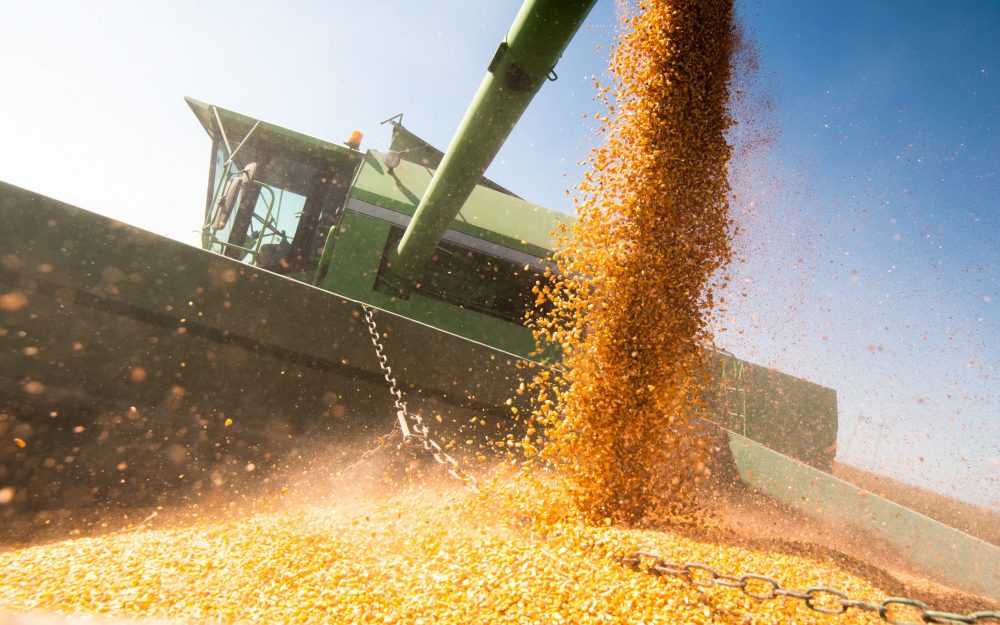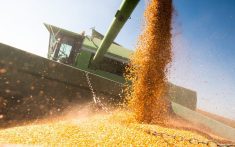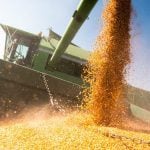CNS Canada — Chicago corn futures chopped slightly higher during the week ended Wednesday, as concerns over South American weather, the U.S. dollar and the public musings of a newly-sworn-in U.S. president spurred some speculative buying.
“Those are the three driving forces,” said Scott Capinegro, co-owner of Barrington Commodity Brokers.
Both corn and soybeans are trending near the upper ends of their ranges, which is typical for this time of year, he said.
He pegged support for Chicago (CBOT) corn around the $3.58-$3.60 per bushel mark, but noted it could move down from that (all figures US$).
Read Also

CBOT Weekly: Prices decline, but find strength before Thanksgiving
U.S. grain and oilseed futures showed losses earlier in the week ended Nov. 26, 2025, but later rallied to pare or eliminate their losses.
“Can we get down to the 20-day moving average, which is just below $3.60? I guess so. I just don’t know where we’re doing to take it from there unless Argentina is having worse weather problems in a week or two,” he said.
CBOT soybeans fell from their six-month high of $10.75, as of Jan. 18, as weather concerns in Argentina began to dissipate.
The March contract lost just under 20 cents on the week but was holding firm above major support at $10.50.
“The dollar is having its correction and it’s hard to say what will happen,” Capinegro said. “But $10.50 has always been that magical number.”
Opportunities lie in some of the deferred contracts too, he added.
“This rally has created a nice opportunity with November beans up to $10.25, if you haven’t thought of doing any hedging it might be time to start.”
While many of the headlines these days seem to centre on what Donald Trump will do to international trade, that still isn’t the biggest catalyst dictating soybeans’ direction, Capinegro said.
“The weather situation in South America will likely play the biggest factor in determining prices in the near future,” he said.
“Will it drive us higher? Or do we consolidate, and work towards moving averages and corrections until February?”
— Dave Sims writes for Commodity News Service Canada, a Winnipeg company specializing in grain and commodity market reporting.














